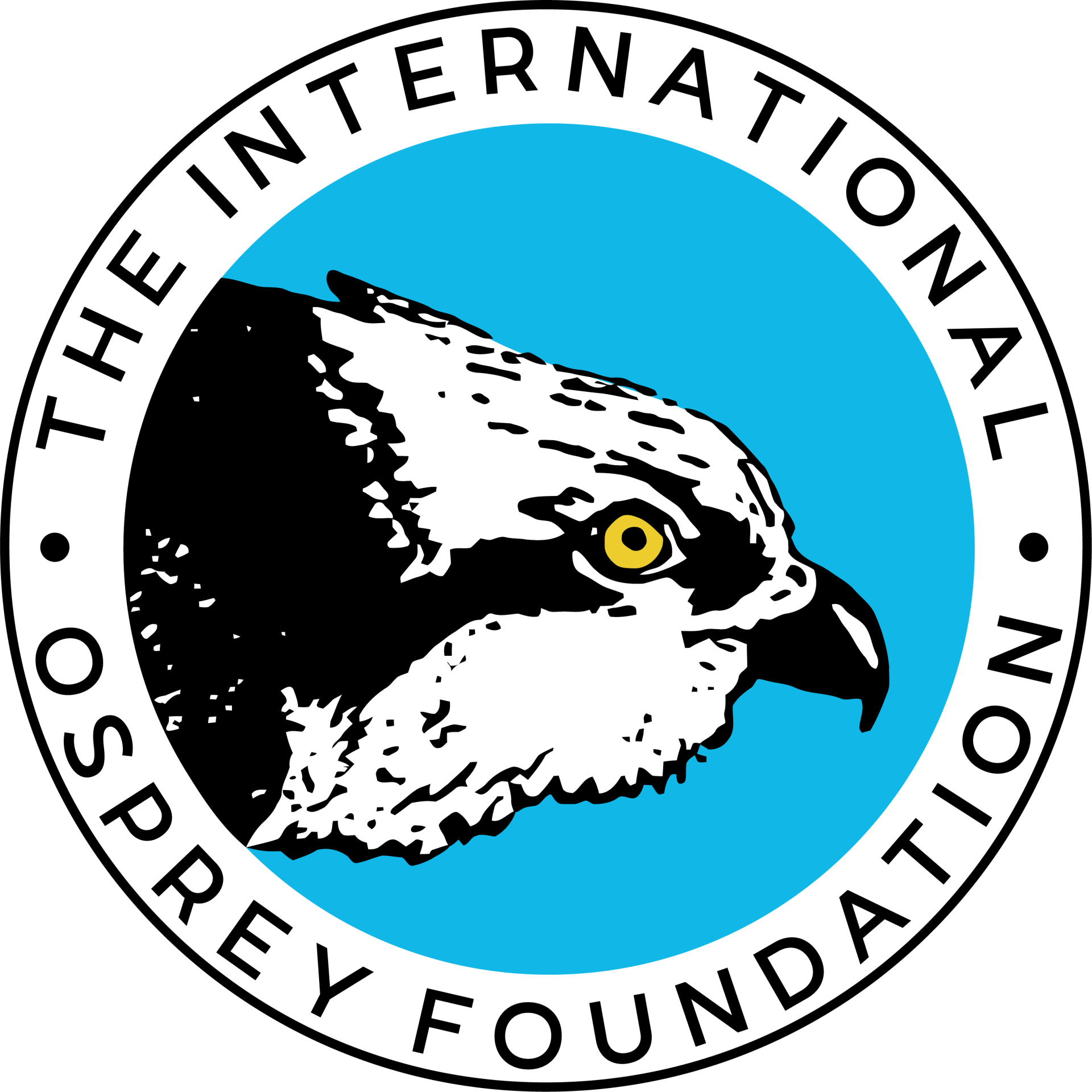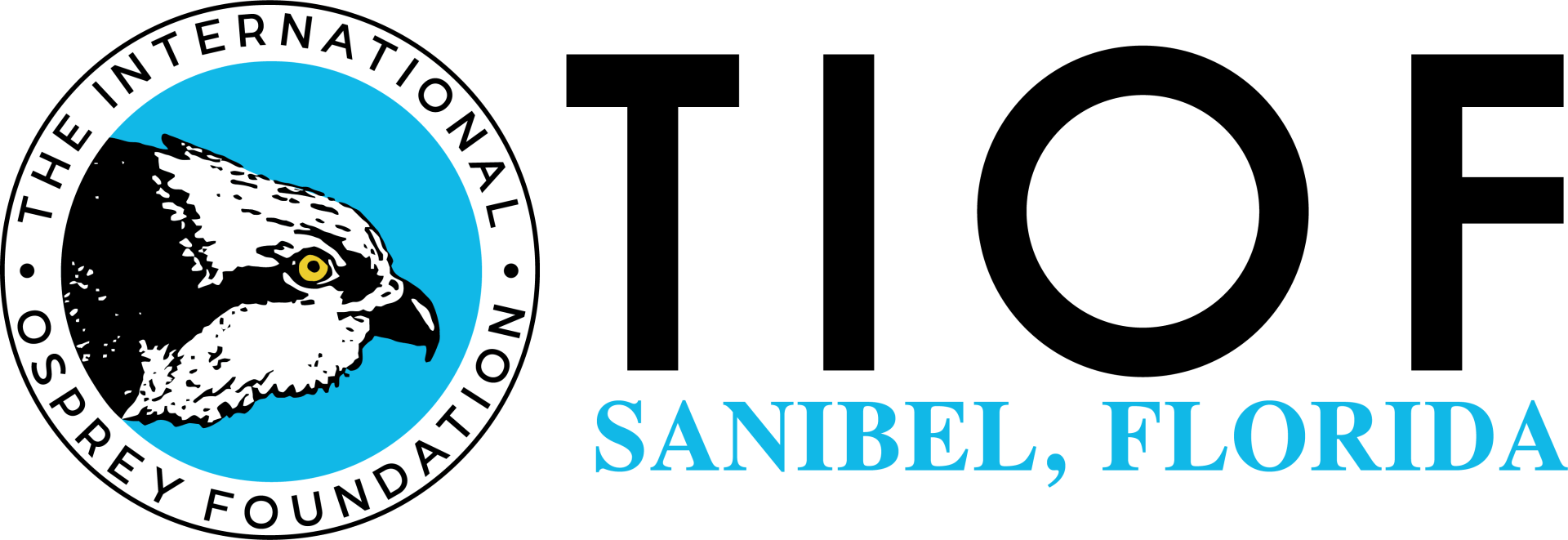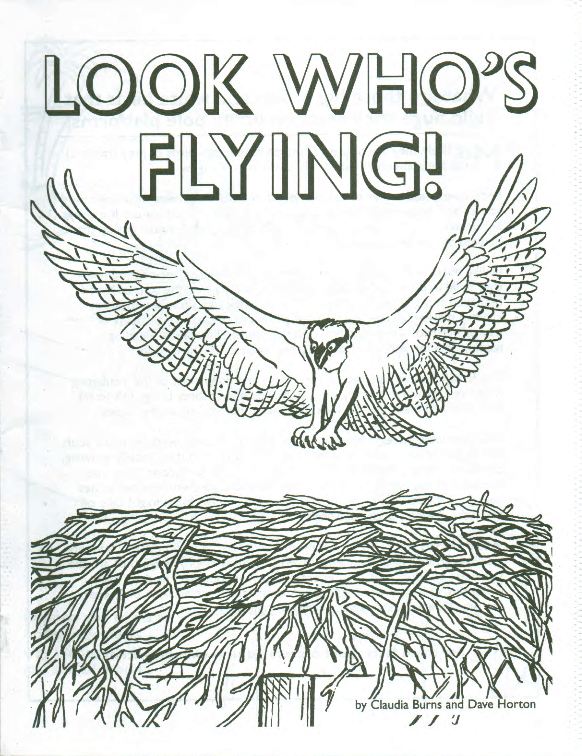Osprey Welfare & Resources
Osprey Facts
Ospreys are classified as hawks. Sea Hawk is another name by which they have been known since they feed almost exclusively on fish. However, Osprey differ from eagles, hawks, kites, and falcons both internally, and its long, strong claws, curved about one third of a circle, and completely round (not concave and grooved beneath).The Osprey has toes of equal length (not unequal as in other raptors) Also, unique to Ospreys are the heavy, peculiar scaled (reticulated) tarsus (shank) and short, dense feathering of the thighs. The lower surface, or pads, of the toes, are covered with spicules, which help hold the slippery fish. Also, it is the only hawk whose outer-toe is reversible as in owls. This enables it to grasp its prey with two toes in front and two in back.
Osprey have strong hooked talons and beaks. Their feathers are also very oily for extra waterproofing as they plunge into the water. A mixed blessing since this also makes them buoyant. Therefore, they cannot go deeper than about three feet below the surface.
The huge density of Osprey population on Sanibel is directly related to the fact that its estuaries, bayous and the adjoining Pine Island Sound are at most three feet deep, putting all the fish in hundreds of square miles within their diving ability. After catching fish, the Osprey first emerges and shakes off excess water in its feathering and then aligns the fish facing headfirst for more streamline flying which decreases the drag of the fish as they fly. Adult ospreys are 21 to 25 inches long and weigh 4 to 5 pounds. Males are usually a little smaller than females. When Osprey chicks fledge they are the same size as adults, but their chocolate-brown upper part feathers have white tips, as if they were dipped in marshmallow crème. Also, their eyes are orange, whereas an adult’s eyes are yellow.
The author of this article is Peter Wallack who retired after 34 years as an academic and teacher of World Cultures. Peter was working on SCCF’s and TIOF’s archives at the time. Peter was also a member of the Sanibel Captiva Conservation Foundation’s Education Committee and contributed curriculum extensions for educational units related to SCCF experiences. He also archived hundreds of images for educational use by individuals, non-profit environmental and bird organizations, government organizations, universities, museums, state parks and schools. This article has been edited for clarity of its historical perspective.
Important Articles:
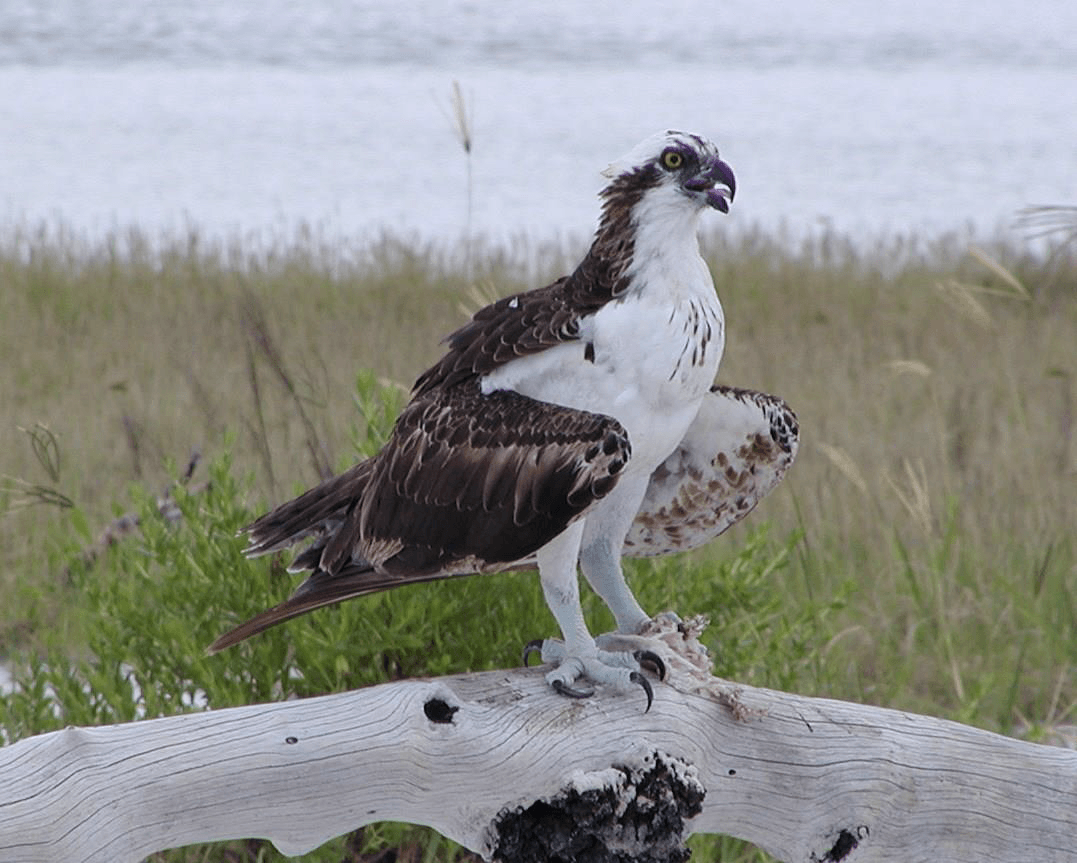
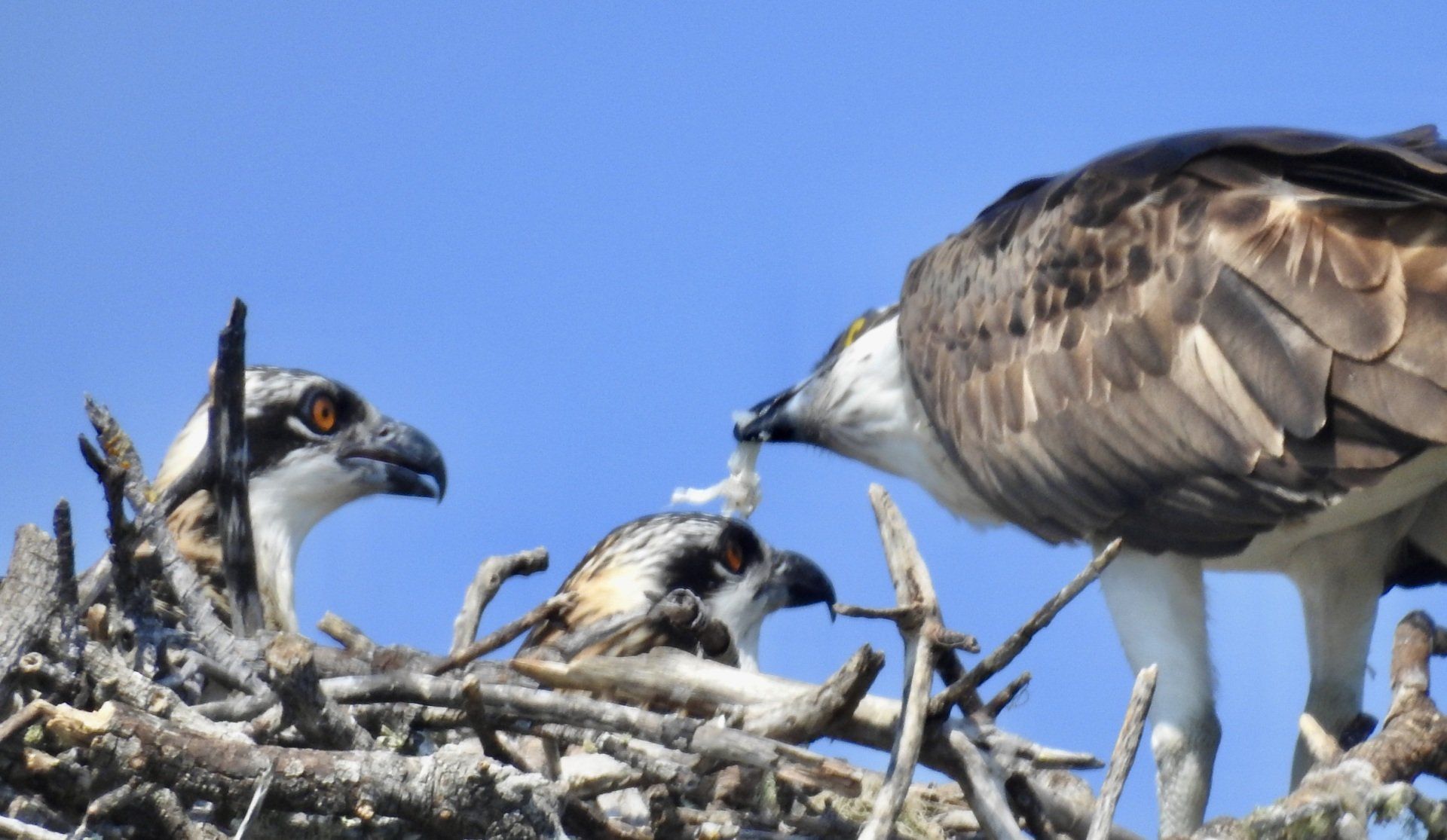
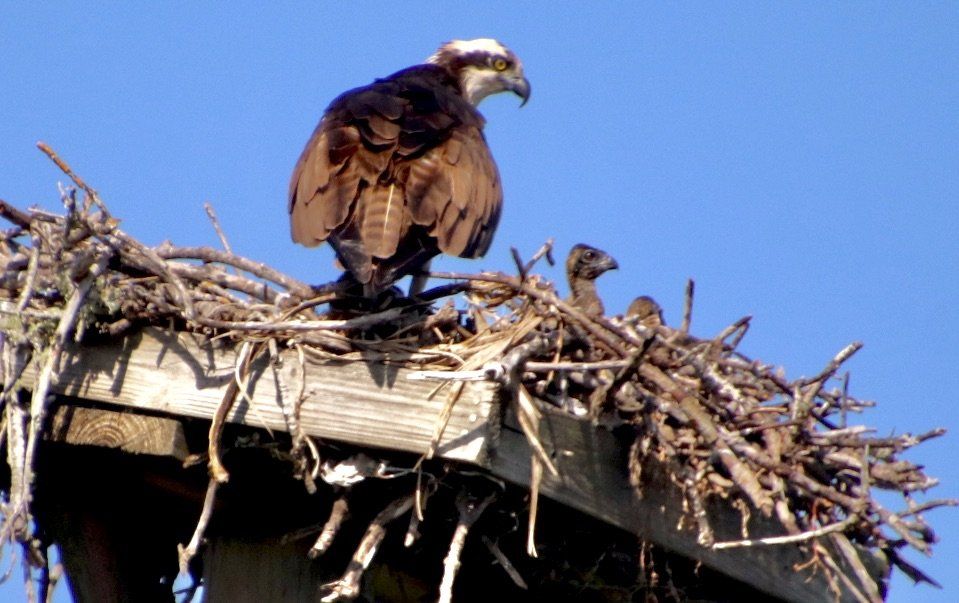
Download Our Osprey Coloring Book
Not just for the kids... Download our Osprey coloring book for hours of fun and relaxation. In addition to it being fun to color, our Osprey coloring book has facts about Ospreys that adults AND children will find fascinating.
Keep Browsing
Contact Us
Kathryn Brintnall, President
Phone:
239-763-5577
Email:
tiof@outlook.com
Address:
P.O. Box 250, Sanibel Island, FL 33957
Copyright The International Osprey Foundation | All Rights Reserved | Designed by Yeppy Marketing & Web Design
